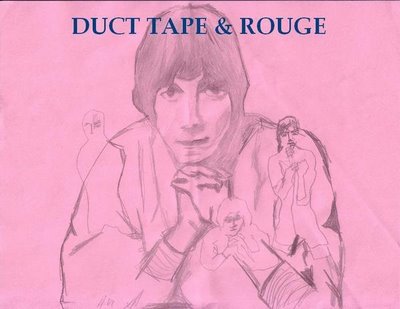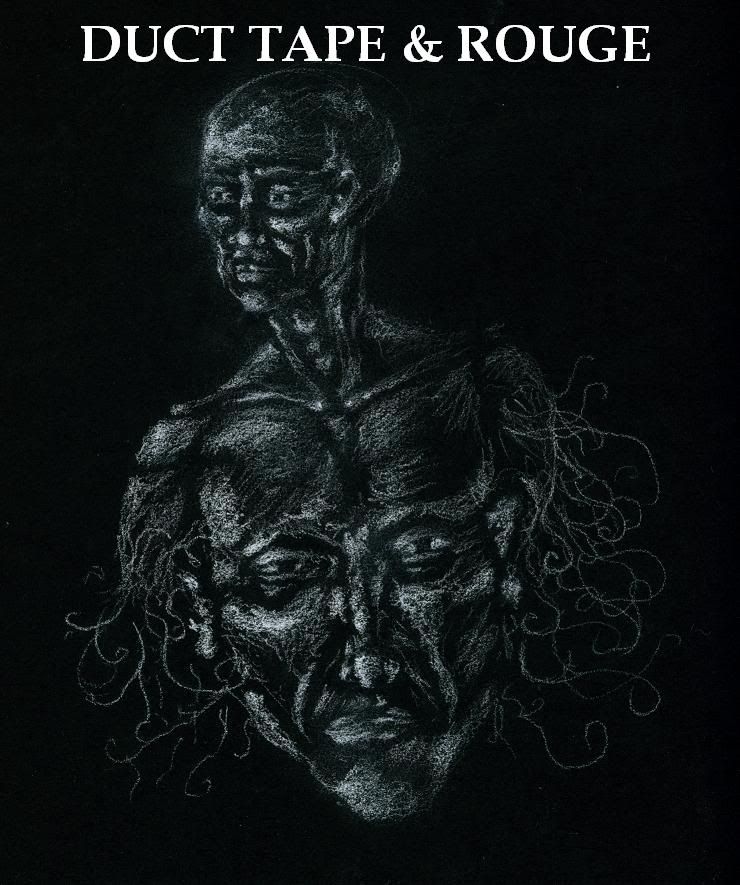Revisiting a Cinematic Masterpiece: Clue

by Rick Paulas
-----
Once in awhile, a piece of artwork comes along that changes life as we know it. For our generation, that piece of art is a simple little film called Clue. One of the DT&R editors examines why this classic film has lost none of its power 20 years later.
-----
Script revisions for the film adaptation of Chutes and Ladders currently number into the teens. Monopoly has been stuck in development hell for years. John Travolta’s name was once attached to the Sorry! project, before Tarantino catapulted him back onto the A-list. Hell, even Joe Dante’s Mall Madness shot three rolls of film before the production lost funding and was shut down indefinitely. For some reason, board games have historically had trouble being translated onto the big screen.
Except for one: Clue.
With the 21st anniversary of the film’s release upon us, it’s time to answer some of the more pressing questions:
20 years later, does the groundbreaking cinematography still hold up?
Before he was known as a master of comedic direction for work in Sgt. Bilko, Trial and Error, and The Whole Nine Yards, director Jonathan Lynn was just another young lad trying to get his feet wet in show business or, as it’s called out here in Hollywood, “The Biz”.
When he was handed over control to the most ambitious board game adaptation to date, the producers didn’t expect much. They saw the meticulous storyboards outlining every shot of every scene and they condescendingly patted him on the head and whispered, “Well done, young man.”
But when they finally saw the finished product – the frenzied search through the mansion, the revelation of the hidden passages, the use of corpses as prop comedy, the systematic dispatching of the perfectly-drawn mysterious visitors, Tim Curry taking us step-by-step through the killings – well, they were as in awe as the rest of America. A legend was born. (Unfortunately, that legend was destroyed after he also made the aforementioned films.)
Instead of showing off like Tarantino or Scorsese – by using such overblown devices as “camera angles” or “movement” – Lynn hides the camera from the audience instead of drawing attention to it. Usually, Lynn relies on the underused and underrated medium shot. It allows him to capture the scene as it unfolds, almost like a documentarian (or, “one who films documentaries”), rather than meddling with the integrity of the actor’s delivery.
Sure, now and then Lynn decides to insert a little montage. But when he does so, he makes sure to squeeze oodles of Hitchcockian suspense out of the celluloid.
What’s with the movie’s cast? I mean, who isn’t in the movie?
To start with, Jerry Levine (the rambunctious Stiles from Teen Wolf) is noticeably missing from the ensemble. But that’s not Janet Hirshenson’s fault.
Hirshenson, the casting director for Clue, deserves some type of award. Do they give out awards for casting? I’m sure they do. But does anyone know what they’re called? No matter. From now on, the award for Best Casting will be dubbed the Janet Hirshenson Award for Most Ultimate Casting Decisions.
Who would have guessed that Eileen Brennan had such a flustered nitwit stuck somewhere in her, yearning to be released via her acting stylings? Or that Michael McKean could pull off the perfect accident-prone closeted, and de-closeted, homosexual? Or that Tim Curry could talk so fast, yet be so coherent? Janet Hirshenson, that’s who!
But then Ms. Hirshenson goes and outdoes herself. She finds an unknown like Kellye Nakahara to play the pivotal role of the cook, perhaps the most important character with only one line of dialogue in movie history. By trusting her with the line on which the entire plot rests (“Dinner will be ready at 7:30.”), Hirshenson shows she has the Midas Touch. Except with less death by turning into gold and more brilliant casting choices! Well done, Ms. Hirshenson!
Why does the lightning look freakishly realistic?
While not overly flashy or extravagant like many of the other “classic” films that try way too hard, this film masters the challenge that eluded every lighting technician in Hollywood: the art of correctly representing lightning. By utilizing quick bursts of light from an off screen location, Clue finally got it right. From High Fidelity to Identity, all films starring John Cusack that have a scene set in a storm owe a tremendous debt to the technical innovations found in this production.
Is it me, or is there a lot of sexual innuendo in this movie?
It’s you. Pervert.
So, who killed Mr. Boddy?
If you were lucky enough to see Clue in the theater, chances are that when you approached your friends and colleagues to discuss the film – over absinthe, in specialized film theory class, during a staring contest – each discussion began with the simple question: “Which ending did you see?” You see, when Lynn and co-writer John Landis (best know for directing Michael Jackson’s Thriller) sat down and created this masterpiece, they wrote three different endings. Each theater showed a different one, meaning a new experience with every ticket bought. This probably accounts for why Clue still ranks in the top five movie ticket sales of all time. When accounting for inflation. And making up numbers.
Luckily, for those of us who purchased the DVD (and for $10 at Walmart, how can you not?), all three endings are available for viewing. You can either (1) tack them onto the end of the film, one after another, with highly decorative cards introducing us to each section; or (2) have a computer living inside of your DVD player chose the endings at random. I recommend the 2nd choice, of course. It’s more mysterious that way.



<< Home